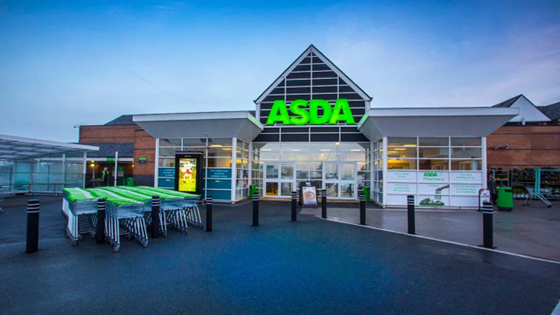Towards the end of last year, CyberSource commissioned an independent survey of senior executives in a range of organisations in France, Spain and the UK, and one of the things we explored was their growth ambitions for 2014. We found that 86 per cent are planning to increase their focus on expanding eCommerce into new markets. No other plans — including investing in mCommerce, harnessing big data, optimising business operations and improving the user experience — scored more highly as a growth priority.
No Easy Formula
One of the challenges of expansion initiatives is choosing the right markets, and there‘s no easy formula for doing so. For any potential country, you need to understand the maturity of the eCommerce market for your goods and services; its delivery infrastructure; the competitive landscape; the political, legal and economic factors that affect the country‘s risk profile; and the likely impact of local norms on everything from marketing and sales to fulfilment and customer service.
Payment Matters
With so much to consider and plan for, it can be easy to overlook payment management. This can be costly; even those with experience in eCommerce expansion may find their plans potentially derailed by an unforeseen payment-related issue in the next country they target. While I‘d certainly never argue that adapting to the unique payment landscape of a new country is the only or most important critical success factor for eCommerce expansion, it is critical, with a direct effect on:
- Customer reach and sales conversion
- Time to revenue
- Cost of expansion
Let‘s look at each in turn.
Don‘t falter at the last stage
Imagine you‘ve done everything right in targeting a new country: everything is in place, and customers are flocking to your localised site and filling their carts.
But when they get to the checkout page, they change their minds. You only take credit cards, and although they do have one, the card spending limit is low and its interest rate is high, and usually they buy online through interest-free instalments — a payment option you don‘t offer. Or they don‘t change their minds, but their transactions are routinely rejected by your fraud screening process because the card they‘re using has been used by someone else.
These aren‘t theoretical examples; instalment payments are common in Brazil and Mexico, while in India it‘s common for families to share a card.
Most of the businesses we talk to are at least generally aware that different countries have different payment preferences. But, as the sharing of cards in India illustrates, differences usually go deeper than preferred payment methods.
From a sales conversion perspective, behaviour that affects fraud management is at least as important as differences in payment method preferences, and usually less obvious. Minimising chargebacks without blocking genuine orders in a new market calls for a fraud management strategy combining very specific local knowledge and fraud management expertise. Every business needs a plan for setting up an informed fraud management strategy from day one in any new market, or it runs the risk of high fraud costs or lost sales at a time when it can least afford either.
Can you afford delays?
Time to revenue in a new market depends directly on how quickly you can establish payment processing capability there. Cross-border transactions attract higher fees, and sometimes higher rejection rates from issuing banks, so you may prefer to establish a relationship with a local acquirer or payment processor.
It can take time to establish local processing connectivity, unless you take advantage of an existing connection offered by a payment service provider. Companies have told us of having to wait six months or mor








